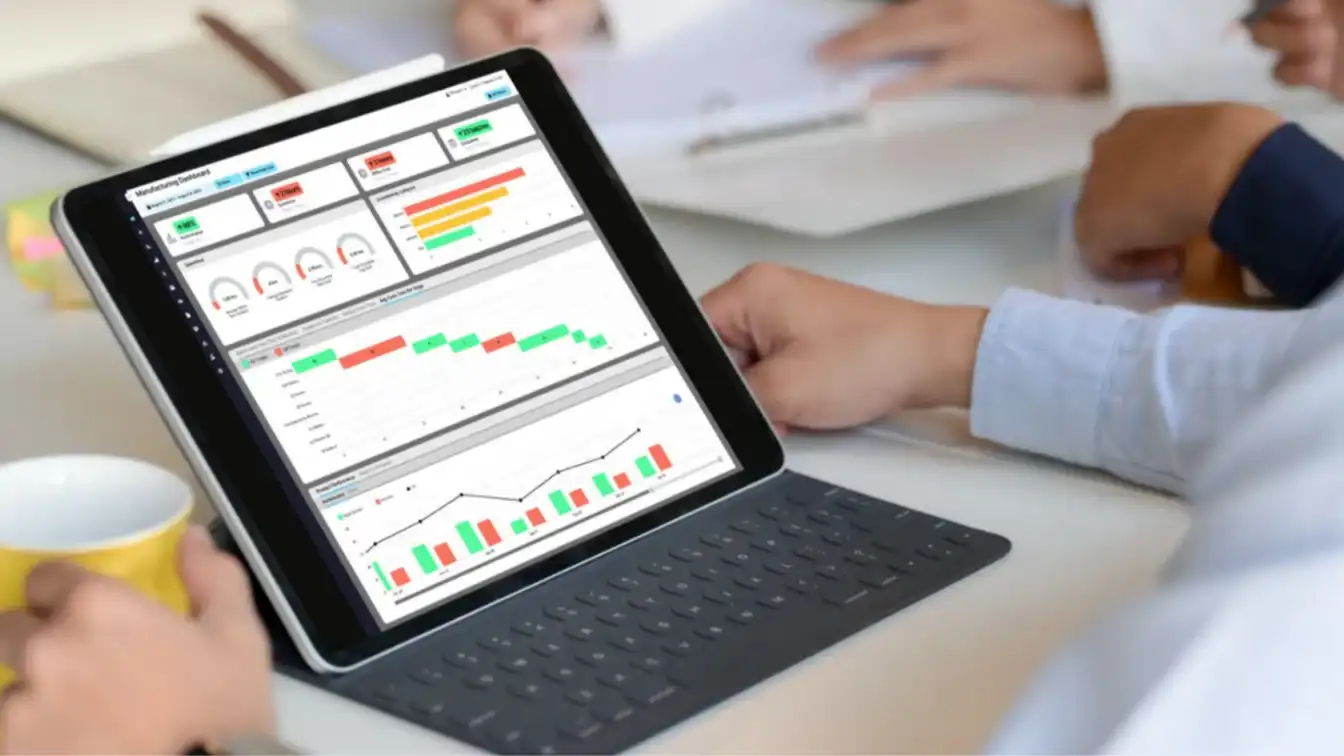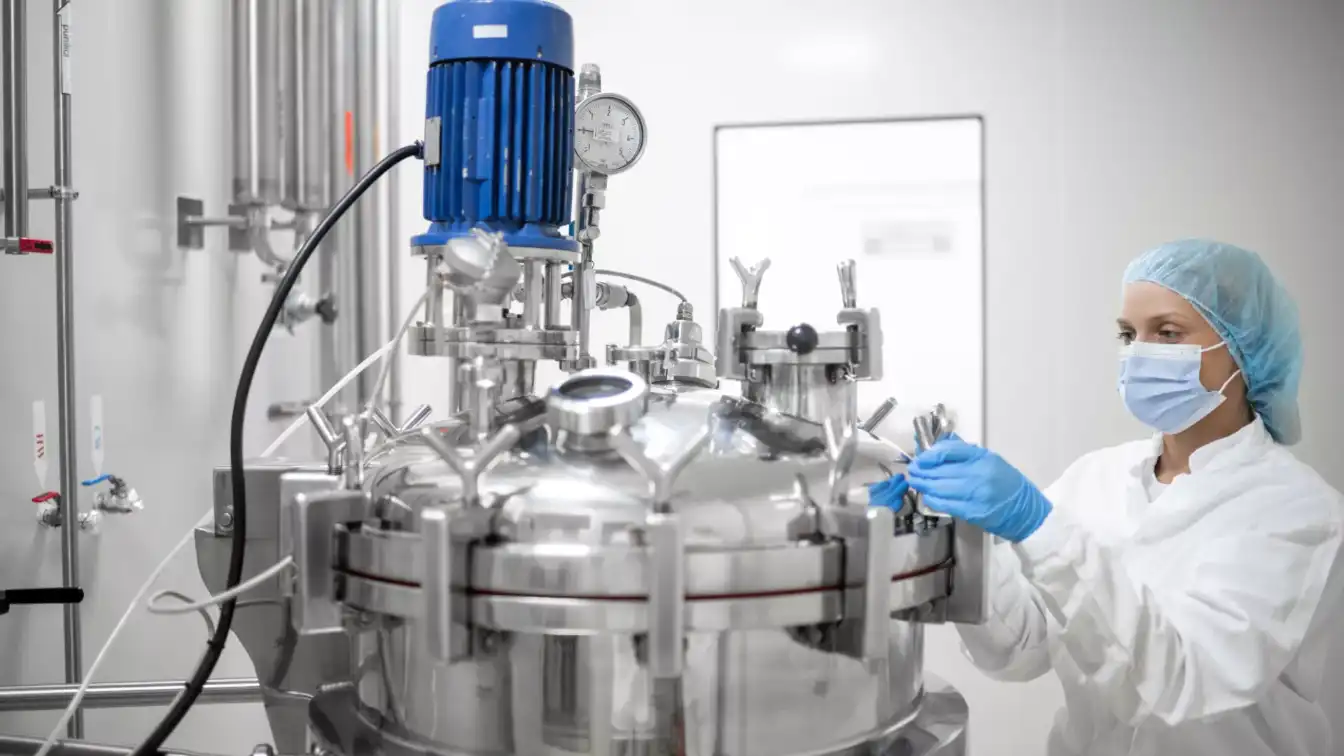
The need for transparency, efficient communication, and streamlined processes has never been greater. Many plants in the industry have historically struggled with limited visibility into production steps, incidents, and operational risks. This lack of transparency poses significant challenges, particularly in the context of round-the-clock shift work. The question that arises is: how can we effectively connect all stakeholders, from plant operators and maintenance teams to plant management, and bridge the gap between departments and shift teams?
Traditionally, some companies have relied solely on the shift handover as their primary means of transferring critical information. However, in today’s complex manufacturing environments, a mere 15-minute window for information exchange often falls short of conveying all the essential details, such as tasks, instructions, prioritization, incidents, efficiency losses, and disruptions, in a comprehensible manner. Relying solely on these transfer times can lead to the loss of crucial knowledge. Verbal transmission of process knowledge, in particular, is susceptible to missing vital information, ultimately setting the stage for security incidents and efficiency losses.
To address these challenges, many companies have turned to a combination of paper documentation and self-developed office tools in the past. However, these in-house solutions hinder the efficient retrieval of relevant information and fall short when it comes to facilitating seamless information transfer. Interfaces with systems like maintenance, a comprehensive overview of events, and interactive collaboration between different departments are just a few examples of what conventional office solutions cannot adequately provide. To truly embrace efficiency and transparency, it’s time for manufacturing to bid farewell to paper-based tools and stacks of documents. The answer lies in adopting a digital solution that ensures interactive, efficient, and transparent collaboration.
Poor communication can have far-reaching consequences. Shift workers often document processes in paper-based logbooks or office tools like Word or Excel, restricting access to physical locations, such as clean rooms. This means that shift management working remotely cannot access critical documentation, resulting in a fragmented knowledge landscape. Only authorized individuals and departments have access to tables and Word documents, creating silos of information that hinder collaboration and knowledge sharing. In such an environment, shift handovers heavily rely on the memory and writing skills of supervisors, making them prone to errors and omissions. Additionally, organizing and presenting vast amounts of data and information in a clear and transparent manner becomes a time-consuming challenge, often leading to inefficiencies and a loss of knowledge. This suboptimal form of shift handover ultimately destabilizes cross-shift cooperation.
A shift handover based on checklists offers a more robust solution. Checklists help employees remember equipment status and process steps, reducing the likelihood of errors. However, despite these advantages, interfaces to other departments and a transparent view of production steps are still missing, leaving room for security incidents and efficiency losses. Rapid adaptability and swift response to disruptions remain unsupported.
The pinnacle of communication excellence in manufacturing can be achieved through digital transformation. During shift operations, employees can document tasks, instructions, and incidents in a centralized software application that is accessible to all involved, regardless of location. This approach ensures that everyone has access to relevant information, fostering efficiency and collaboration. Prioritization features allow for quick access to the most critical information, ensuring that workers have the information they need when they need it. Furthermore, a platform that enables documentation with photos and illustrations offers precision and simplifies the documentation process, aiding in knowledge retention. Interfaces to all relevant systems within the production process improve efficiency and save valuable time.
In conclusion, the manufacturing industry must embrace digital solutions to overcome the challenges of limited transparency, inefficient communication, and fragmented information management. By adopting a comprehensive digital plant process management solution, companies can unlock the full potential of their operations, enhance collaboration, and ensure the security and efficiency of their processes. It’s time to leave behind outdated practices and usher in a new era of manufacturing, one marked by optimal communication and innovation.

Standardization plays a pivotal role in enhancing operational efficiency across industries. In the manufacturing sector, data standardization is crucial for…

Imagine a factory floor bustling with activity, but not just machines in motion. Data flows seamlessly, painting a clear picture…

The manufacturing landscape is awash in data, a torrent of information flowing from diverse sources – legacy systems, cutting-edge technology,…
Get monthly updates to know how you can improve process performance and drive efficiency within your existing organisation.

